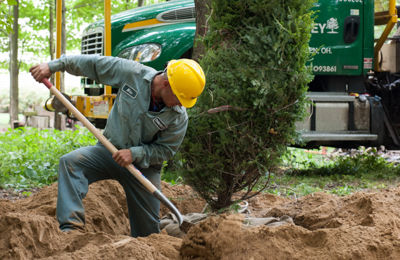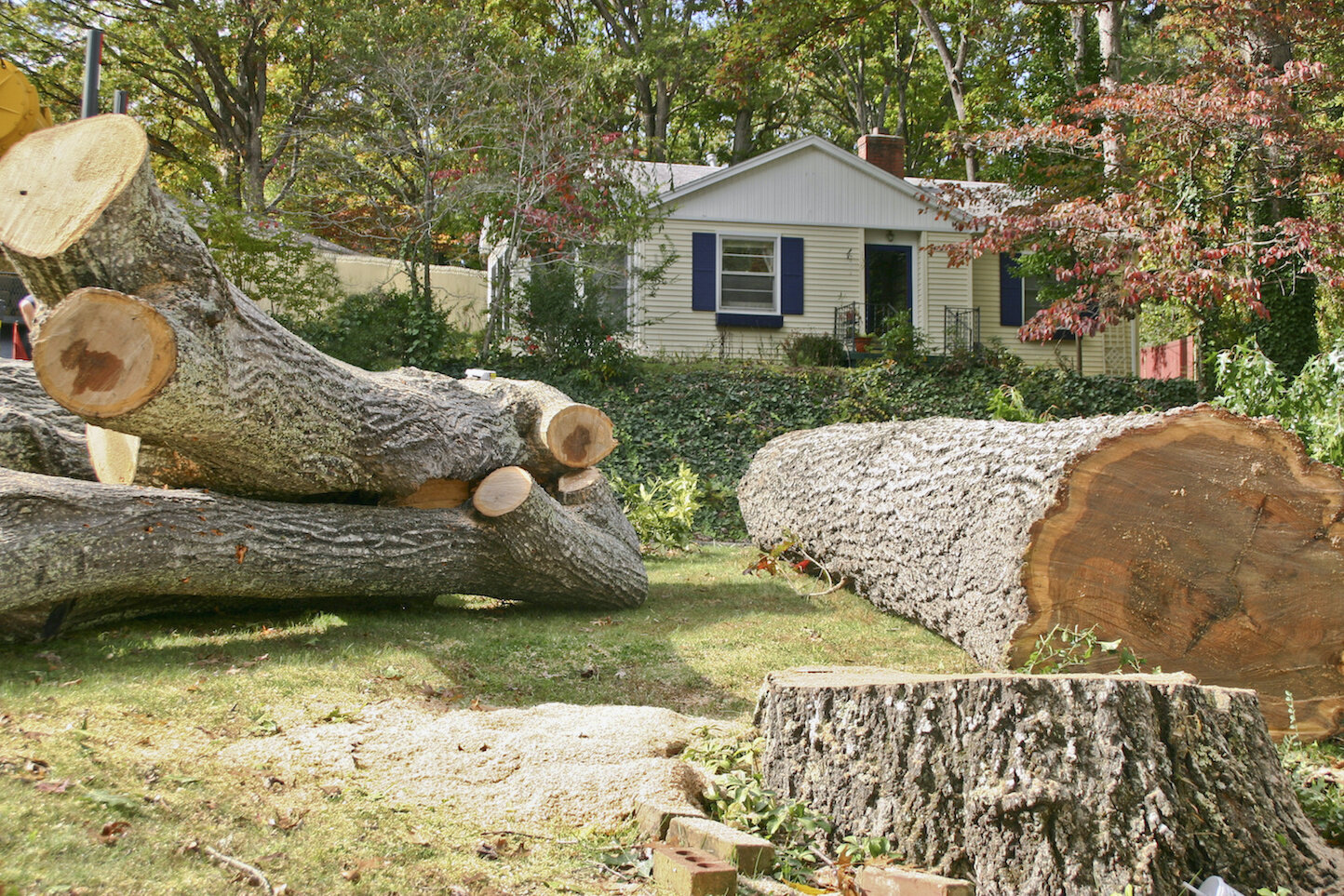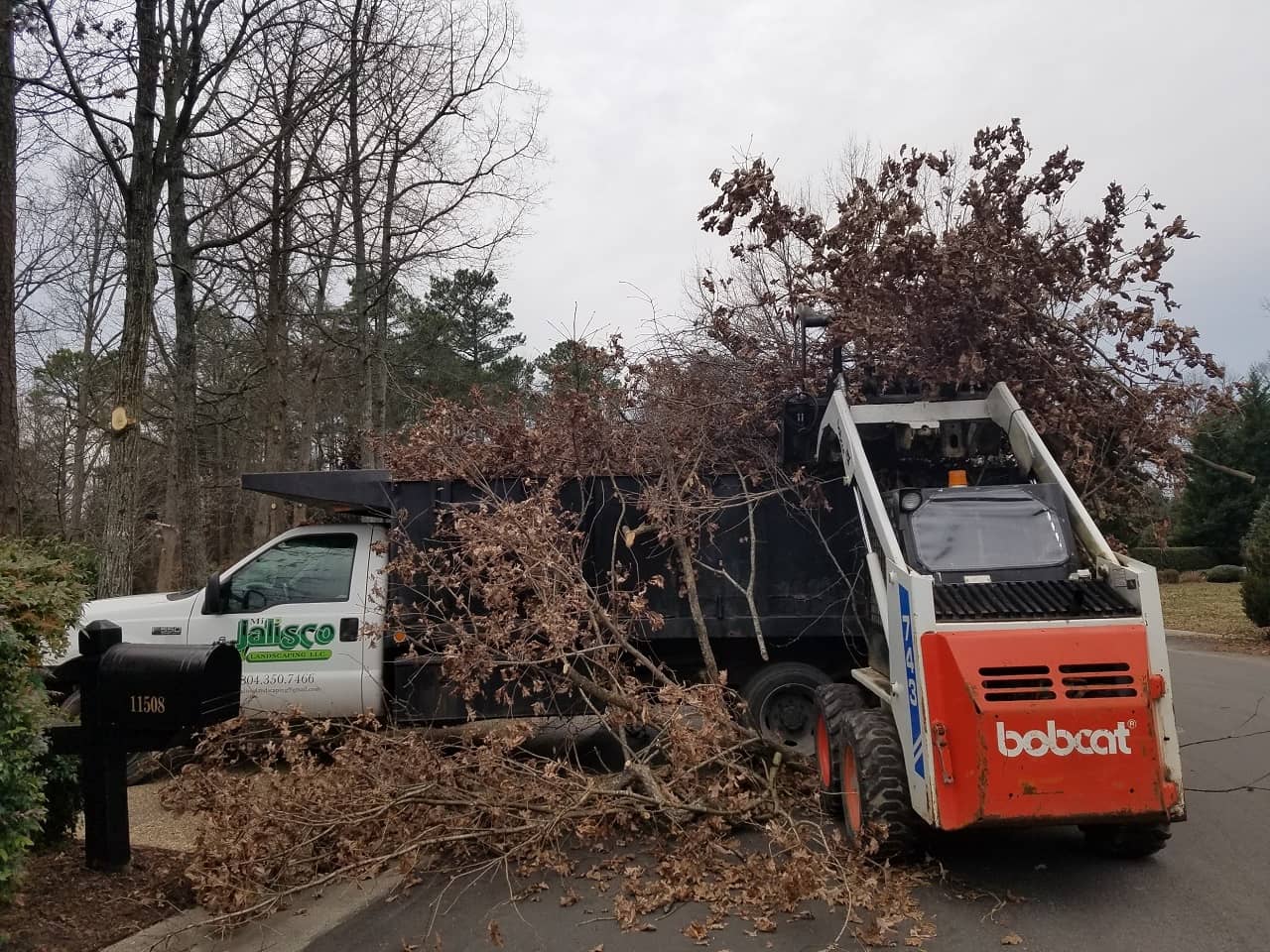Understanding the Importance of Tree Conservation and Preservation Practices in Urban Locations
In the dynamic landscape of metropolitan environments, trees typically stand as quiet guardians, offering a plethora of benefits that expand much beyond their aesthetic allure. Comprehending the relevance of tree conservation and conservation methods in these locations is not merely an ecological factor to consider yet an alternative strategy to promoting durable and sustainable areas. As we discover the interwoven material of environmental, social, and economic benefits that metropolitan trees supply, it becomes noticeable that their preservation is essential for the well-being of future and existing generations. Allow us begin on a journey to discover the important duty that trees play fit the city landscapes of tomorrow.
Ecological Benefits of Trees in Cities
Trees in metropolitan locations play a critical role in supplying different ecological advantages, contributing to the overall wellness of city residents. This procedure assists lower the focus of damaging gases, making the air cleanser and much healthier for residents.

Moreover, trees contribute to water monitoring by decreasing stormwater drainage and dirt erosion. Generally, the environmental advantages of trees in cities are crucial for producing habitable and sustainable urban settings.
Social Significance of Urban Tree Preservation
In modern metropolitan landscapes, the conservation of trees holds significant social relevance for fostering neighborhood wellness and boosting quality of life. Urban tree preservation plays an important function in creating areas for social communication and community involvement.

Economic Worth of Tree Preservation
The conservation and preservation of metropolitan trees use considerable economic benefits that add to the overall financial well-being of cities and neighborhoods. Urban trees offer a large range of economic benefits that positively affect local economic climates.
In addition, trees play a vital role in lowering stormwater runoff and reducing the impacts of flooding, which can lead to expense savings for cities in terms of infrastructure repair and maintenance. Urban trees also add to improved air quality by launching and taking in contaminants oxygen, bring about possible savings in healthcare prices connected with respiratory system health problems. By identifying and investing in the financial value of tree preservation, cities can advertise sustainable advancement, improve quality of life, and develop more resistant metropolitan environments.
Techniques for Lasting Urban Tree Administration
An extensive strategy to sustainable urban tree monitoring includes incorporating varied strategies that focus on long-term ecological health and area well-being. Implementing tree stocks and assessments is critical to comprehend city tree populations, their wellness, and maintenance needs. Normal pruning, watering, and mulching are important practices to make sure tree vitality. Taking on tree planting programs that concentrate on native and climate-resilient types can improve city biodiversity and sustainability.
Neighborhood interaction plays an essential duty in lasting urban tree management. Informing residents about the advantages of trees, arranging tree planting occasions, and including volunteers in tree treatment activities fosters a feeling of ownership and check out here stewardship. Collaboration in between regional federal government, ecological organizations, and residents is crucial to developing and applying effective tree management plans.
Buying eco-friendly infrastructure, such as metropolitan forests and green roofings, can offer numerous benefits, including boosted air high quality, stormwater monitoring, and city warmth island mitigation. Tree trimming CT. Integrating trees right into city planning and layout processes makes sure that trees are valued as vital elements of a healthy and resilient metropolitan environment
Neighborhood Participation in Tree Conservation
Neighborhood participation is an essential component in cultivating sustainable metropolitan tree administration methods and ensuring the lasting health and wellness and conservation of urban tree populations. Involving the community in tree preservation efforts can result in enhanced understanding, gratitude, and stewardship of trees within metropolitan locations. When residents proactively join tree planting, conservation, and maintenance initiatives, they develop a sense of possession and pride in their neighborhood atmosphere.
Area involvement additionally promotes social cohesion and cooperation among locals, regional authorities, and ecological companies, fostering a common responsibility for metropolitan tree preservation. By organizing tree growing events, educational workshops, and volunteer chances, areas can function together to improve the urban tree cover and develop greener, much healthier cities. Involving locals in decision-making processes read review relating to tree monitoring guarantees that varied perspectives and neighborhood knowledge are taken into consideration, leading to a lot more lasting and efficient conservation practices. Ultimately, community involvement plays a vital function in structure durable and successful urban woodlands for official statement future generations to take pleasure in.
Conclusion
In verdict, metropolitan tree preservation and conservation practices play a critical function in improving the ecological, social, and economic health of cities. By identifying the value of trees in city areas and applying sustainable management approaches, areas can delight in the numerous advantages that trees give. It is necessary for stakeholders to proactively take part in tree conservation efforts to guarantee a greener and much healthier city environment for future and existing generations.
